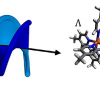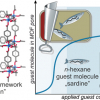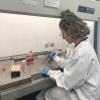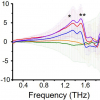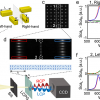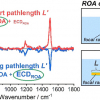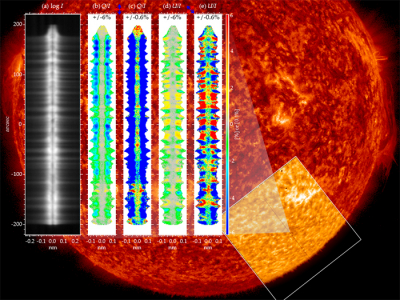
For the first time, scientists have explored the magnetic field in the upper solar atmosphere by observing the polarisation of ultraviolet light from the Sun. They accomplished this by analysing data taken by the CLASP sounding rocket experiment during its five-minute flight in space on 3 September 2015. The data show that the structures of the solar chromosphere and transition region are more complicated than expected. Now that ultraviolet spectropolarimetry, the method used in the CLASP project, has been proven to work, it can be used in future investigations of the magnetic fields in the upper chromosphere and the transition region to better understand activity in the solar atmosphere.
By analysing the characteristics of light from the Sun, astronomers can determine how it has been emitted and scattered in the solar atmosphere, and thus determine the conditions in the solar atmosphere. Because magnetic fields are thought to play an important role in various types of solar activity, many precise measurements have been made of the magnetic fields at the solar surface (“photosphere”), but not so many observations have measured the magnetic fields in the solar atmosphere above the surface. While visible light is emitted from the photosphere, ultraviolet (UV) light is emitted and scattered in the parts of the solar atmosphere known as the chromosphere and the transition region. CLASP is a project to investigate the magnetic fields in the upper chromosphere and the transition region, using the hydrogen Lyman-α line in UV.
The international team used data from the CLASP spectropolarimeter. The researchers discovered that the hydrogen Lyman-α line from the Sun is actually polarised. Some of the polarisation characteristics match those predicted by the theoretical scattering models. However, others are unexpected, indicating that the structures of the upper chromosphere and transition region are more complicated than expected. In particular, the team discovered that polarisation varied on a spatial scale of 10–20 arcsec (one hundredth to one fiftieth of the solar radius).
In addition to the scattering process, magnetic fields can also affect the polarisation. To investigate if the measured polarisation was affected by the magnetic field, the team observed three different wavelength ranges: the core of the hydrogen Lyman-α line (121.567 nm), whose polarisation is affected by even a weak magnetic field; an ionised silicon emission line (120.65 nm) whose polarisation is affected only by a relatively strong magnetic field; and the wing of the hydrogen Lyman-α spectral line, which is not sensitive to magnetically induced polarisation changes. The team analysed these three polarizations above four regions on the solar surface with different magnetic fluxes. The results demonstrated that the large deviations from the expected scattering polarisation in the Lyman-α core and the silicon line are in fact due to the magnetic fields, because the Lyman-α wing polarisation remains almost constant.
These epoch-making results are the first to directly show that magnetic fields exist in the transition region. They also demonstrate that ultraviolet spectropolarimetry is effective in studying solar magnetic fields. Moreover, these results have shown that sounding rocket experiments like CLASP can play an important role in pioneering new techniques, even though they are small scale and short term compared to satellites.
Dr Ryoko Ishikawa, project scientist for the Japanese CLASP team, describes the significance of the results, “The successful observation of polarisation indicative of magnetic fields in the upper chromosphere and the transition region means that ultraviolet spectropolarimetry has opened a new window to such solar magnetic fields, allowing us to see new aspects of the Sun.”
These results have been in The Astrophysical Journal Letters and in The Astrophysical Journal.





